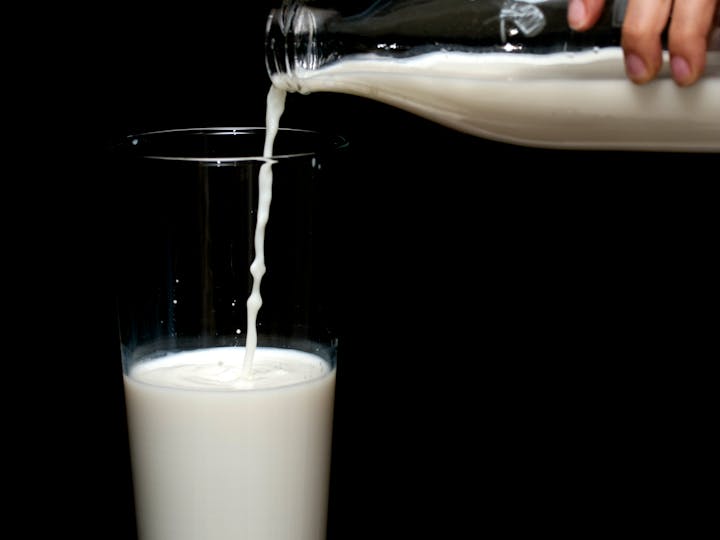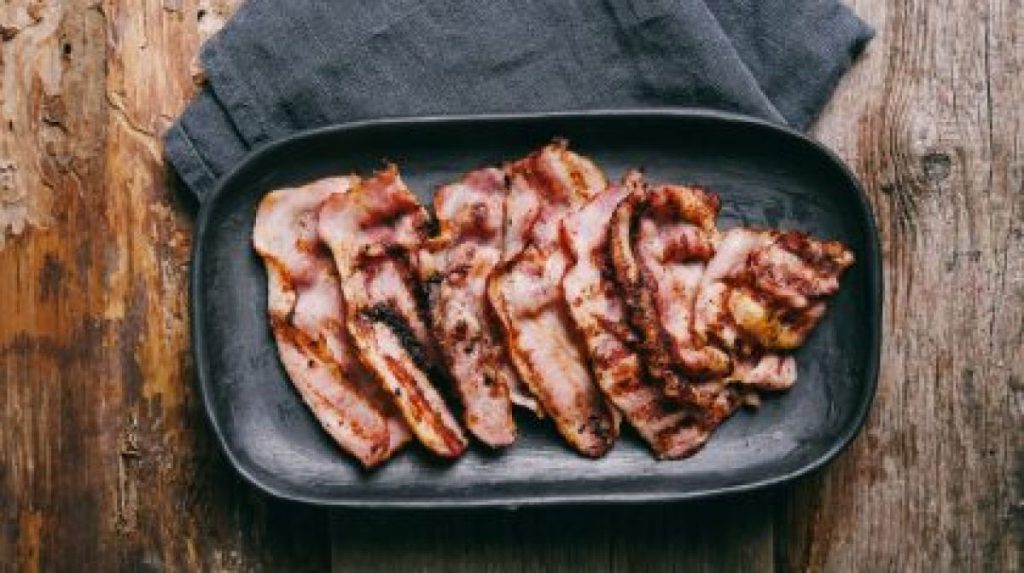Managing waste can be a big challenge in small-scale dairies. Cream separators help you make the most out of every drop of milk by separating cream from milk, allowing you to create new products and reduce what might otherwise go to waste. This not only helps use milk more efficiently, but also supports better profits and a cleaner working environment.
By using a cream separator, you can turn raw milk into cream and skim milk, which means fewer leftovers are thrown out. Many small dairy owners choose to explore cream separator options to find a tool that fits their specific needs and daily output.
With smart tools like cream separators, you give yourself more ways to avoid waste and put every part of your milk to work. This way, your dairy can be more sustainable and cost-effective over time.
Cream Separators and Their Role in Waste Reduction
Cream separators are practical machines that help you get more out of every batch of milk. They allow you to reduce losses, use resources efficiently, and create less waste during processing.
Principles of Cream Separation
A cream separator works by spinning fresh milk rapidly. This spinning motion uses centrifugal force to separate lighter cream from heavier skim milk. As the milk goes through the rotating drum, the fat globules collect in the center, while the skim milk moves outward.
This process lets you quickly and accurately split milk into cream and skim milk. You can do this even with small amounts, which can be valuable on small farms. Manual and electric models both operate on the same principle, but electric versions can process larger quantities faster.
Efficient separation means fewer losses during cream removal compared to older, manual methods like letting milk sit and skimming off the top. You get more cream out of the same amount of milk, and less is left behind or wasted.
Minimizing Milk Spoilage and Losses
Milk goes bad quickly, especially on small farms where refrigeration can be limited. When you use a cream separator soon after milking, you separate cream before bacteria have much time to grow. This makes spoiled milk much less likely.
Faster processing also means fewer spills or mishaps during handling. Because cream separators operate efficiently, you spend less time waiting. That reduces the risk of spoilage during storage or between steps.
By improving the workflow, separators help protect your product throughout the process. Less spoilage leads directly to less waste and makes sure you get the best possible value from your milk every day.
Improving Product Utilization
Cream separators help you use all parts of the milk. You can turn the cream into products like butter and whipped cream, while the leftover skim milk can be used for cheese, yogurt, or baking.
Instead of throwing away extra skim milk or having uneven amounts, you can plan out batches based on your needs. This flexibility lets you address customer preferences or find new ways to use each byproduct.
Better product use means you’re not throwing away good milk. Everything you separate has a clear purpose. This results in less on-farm waste and more products for you to sell or use, making your work more efficient and less wasteful.
Implementing Cream Separators in Small-Scale Dairies
Using a cream separator helps you make the most of your milk by dividing it into cream and skim milk. This process lets you use every part of the milk, saving more product and helping your dairy run with less waste.
Optimizing Resource Efficiency
A cream separator spins milk very fast to separate the cream from the skim milk. This method uses centrifugal force to split these two parts quickly and cleanly. When you use a cream separator, you can process larger volumes of milk in less time, which keeps your workflow smooth.
With a separator, your batches of milk turn into two products right away. Cream can be made into butter or other dairy products, and skim milk can be used or sold for drinking or baking. You waste less milk because each part is useful.
You also have more control over fat content. This is helpful if you want to make different types of dairy products that need specific levels of cream or fat.
Improving Economic Sustainability
By separating milk into cream and skim milk, you can create several sellable goods from the same batch of milk. Cream is valued for making butter, cheese, or whipped products, while skim milk can be sold or used in other ways. This gives your dairy more options to meet different market needs.
Cream separators also lower the chance of spoiled milk. If milk is separated quickly, it can last longer in storage, and you avoid throwing out spoiled product. This saves money and resources.
Even small-scale dairies benefit because cream separators do not require large machines or a lot of power. This means you can invest affordable amounts and still get more output from the same milk supply.
Environmental Benefits of Waste Reduction
Using a cream separator leads to less food waste. By splitting milk into cream and skim milk, you use every drop. Leftovers and by-products can be used for animal feed, compost, or even in recipes.
When less milk is wasted, fewer resources are needed for disposal. This means you have less waste to manage, which is better for the environment. Your operation can create fewer emissions and reduce the energy needed for handling dairy waste.
Separating cream from milk also means that storage and transport can be managed more efficiently. Also, your dairy uses fewer resources for cleaning up wasted or spoiled milk, supporting a cleaner and more sustainable workflow.
Conclusion
By using cream separators, you can make the most out of every gallon of milk. These machines let you split cream and skim milk, so less product is wasted.
Key benefits include:
- More efficient processing of milk
- Reduced spoilage by quick separation
- Ability to use both cream and skim milk in different products
When you add a cream separator to your dairy routine, you increase your ability to process milk quickly and cleanly. This simple tool helps you cut down on waste and create more usable dairy products.





